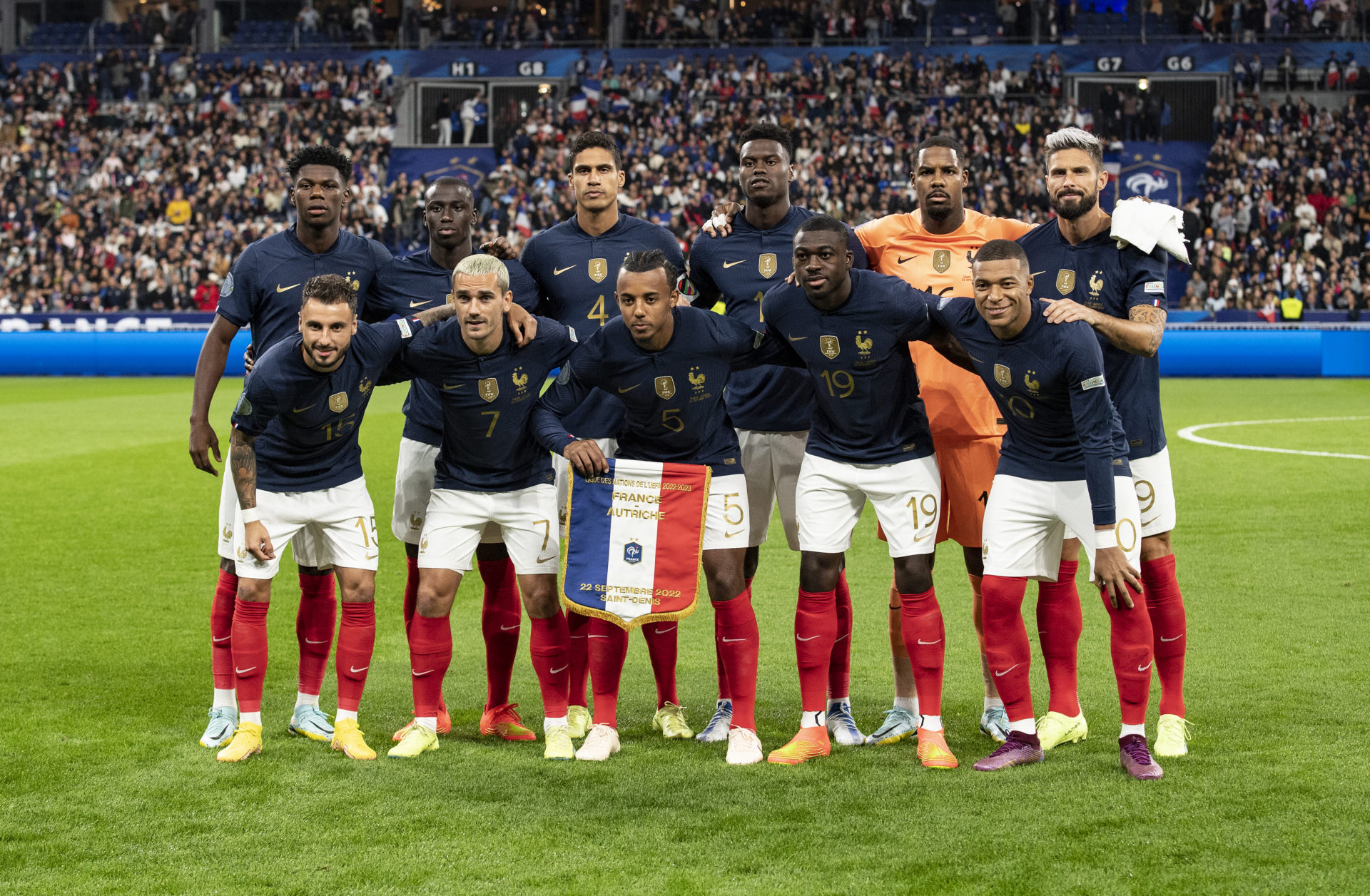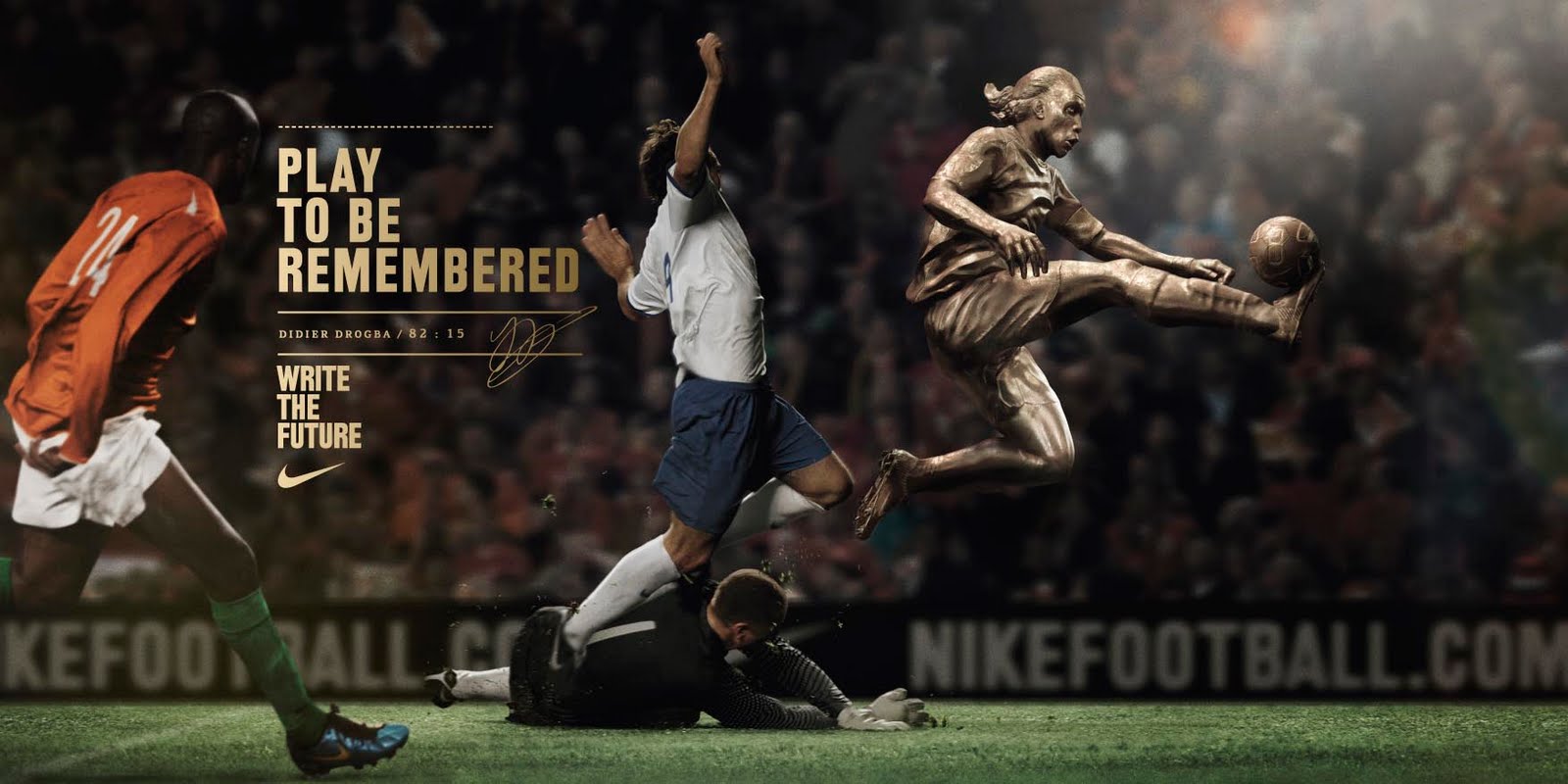“The Future of Football in France: A Landscape of Promise and Potential Pitfalls
Related Articles The Future of Football in France: A Landscape of Promise and Potential Pitfalls
The Future of Football in France: A Landscape of Promise and Potential Pitfalls

French football stands at a fascinating crossroads. Riding high on the successes of the national team, fueled by a vibrant youth system, and boasting a revitalized domestic league, the future appears bright. However, challenges remain, from maintaining competitiveness on the European stage to addressing societal issues within the sport. This article explores the key factors shaping the future of French football, examining both its immense potential and the obstacles it must overcome.
The Enduring Legacy of "Les Bleus": A Source of Inspiration and Pressure
The triumphs of the French national team, particularly the World Cup victories in 1998 and 2018, have had a profound impact on the nation’s footballing identity. These victories have not only instilled a sense of national pride but have also served as a powerful source of inspiration for young players. The success of "Les Bleus" has led to increased investment in youth academies and a greater emphasis on developing homegrown talent.
However, this success also brings immense pressure. Each generation of players is now measured against the achievements of their predecessors. The expectations are high, and any perceived failure is met with intense scrutiny. This pressure can be both a motivator and a burden, potentially stifling creativity and risk-taking on the field.
The Flourishing Youth Academy System: A Breeding Ground for Talent
France’s youth academy system is widely regarded as one of the best in the world. Clubs like Clairefontaine, Paris Saint-Germain, Lyon, and Rennes have consistently produced world-class players. These academies provide young players with top-notch training, facilities, and coaching, nurturing their talent and preparing them for the demands of professional football.
The success of the youth academy system is due to several factors:
- Early Identification: Talented players are identified at a young age and brought into the academy system.
- Comprehensive Training: Academies focus on developing not only technical skills but also tactical awareness, physical fitness, and mental strength.
- Experienced Coaches: Academies employ experienced coaches who are dedicated to developing young players.
- Academic Support: Academies provide academic support to ensure that players receive a well-rounded education.
The continued success of the youth academy system is crucial for the future of French football. It ensures a steady stream of talented players who can compete at the highest level.
Ligue 1: A League on the Rise, but Still Chasing the Giants

Ligue 1, the top tier of French football, has undergone a significant transformation in recent years. Increased investment, particularly from foreign owners, has led to the arrival of world-class players and coaches. The league is becoming more competitive, and the quality of play has improved.
Paris Saint-Germain (PSG) has dominated Ligue 1 for the past decade, but other clubs, such as Lyon, Marseille, Monaco, and Lille, are challenging their supremacy. These clubs are investing in their squads and infrastructure, aiming to close the gap with PSG.
Despite its progress, Ligue 1 still lags behind the other top European leagues in terms of revenue and global appeal. The league needs to attract more international viewers and sponsors to compete with the Premier League, La Liga, Serie A, and Bundesliga.
Challenges and Opportunities
French football faces several challenges that it must address to ensure its continued success:
- Financial Fair Play: Ligue 1 clubs need to comply with Financial Fair Play regulations to avoid sanctions from UEFA. This requires clubs to generate more revenue and manage their expenses effectively.
- Stadium Infrastructure: Many Ligue 1 clubs play in outdated stadiums that lack modern amenities. Investing in new or renovated stadiums is crucial for improving the fan experience and generating more revenue.
- Fan Violence: Fan violence remains a problem in French football. Clubs and authorities need to work together to address this issue and create a safer environment for fans.
- Diversity and Inclusion: Football has the power to unite people from all backgrounds. It is important to promote diversity and inclusion within the sport.
Despite these challenges, French football has numerous opportunities to capitalize on:
- Hosting Major Tournaments: France has a proven track record of hosting major football tournaments, such as the 1998 World Cup and Euro 2016. Hosting future tournaments would provide a boost to the economy and raise the profile of French football.
- Developing New Markets: French football has the potential to expand its reach into new markets, particularly in Asia and North America. This would require investing in marketing and promotion efforts.
- Embracing Technology: Technology is transforming the world of football. French clubs and leagues need to embrace technology to improve the fan experience, enhance player performance, and prevent fraud.
The Role of Technology
Technology is set to play an increasingly important role in the future of French football. From data analytics to virtual reality, technology has the potential to revolutionize the way the game is played, coached, and experienced.
- Data Analytics: Data analytics can be used to track player performance, identify trends, and make informed decisions. Clubs are increasingly using data analytics to improve their scouting, training, and match-day strategies.
- Virtual Reality: Virtual reality can be used to create immersive experiences for fans, allowing them to feel like they are actually at the game. It can also be used to train players, allowing them to practice in a safe and controlled environment.
- Artificial Intelligence: AI can be used to automate tasks, such as scouting and match analysis. It can also be used to create personalized experiences for fans, such as recommending content based on their preferences.
The Societal Impact of Football
Football is more than just a game; it is a powerful force for social change. It can bring people together, promote tolerance, and inspire hope. French football has a responsibility to use its platform to address social issues and make a positive impact on society.
- Fighting Discrimination: Football can be used to fight discrimination based on race, religion, gender, or sexual orientation. Clubs and leagues need to take a stand against discrimination and promote equality.
- Promoting Education: Football can be used to promote education and literacy. Clubs can partner with schools and community organizations to provide educational opportunities for young people.
- Supporting Charities: Football can be used to raise money for charities and support important causes. Clubs can organize fundraising events and donate a portion of their revenue to charity.
Conclusion: A Bright Future, but Vigilance Required
The future of football in France is bright. The country has a rich footballing history, a thriving youth academy system, and a revitalized domestic league. However, challenges remain, from maintaining competitiveness on the European stage to addressing societal issues within the sport. By investing in youth development, improving stadium infrastructure, embracing technology, and promoting diversity and inclusion, French football can ensure its continued success and remain a global force for years to come. The key lies in proactive adaptation, strategic investment, and a commitment to nurturing talent both on and off the pitch. Only then can France truly cement its place as a powerhouse in the world of football.

